Branding
The Ultimate Guide to a Successful Brand Refresh: Strategies for Startups and Businesses
09.02.2025
By shaikh asif
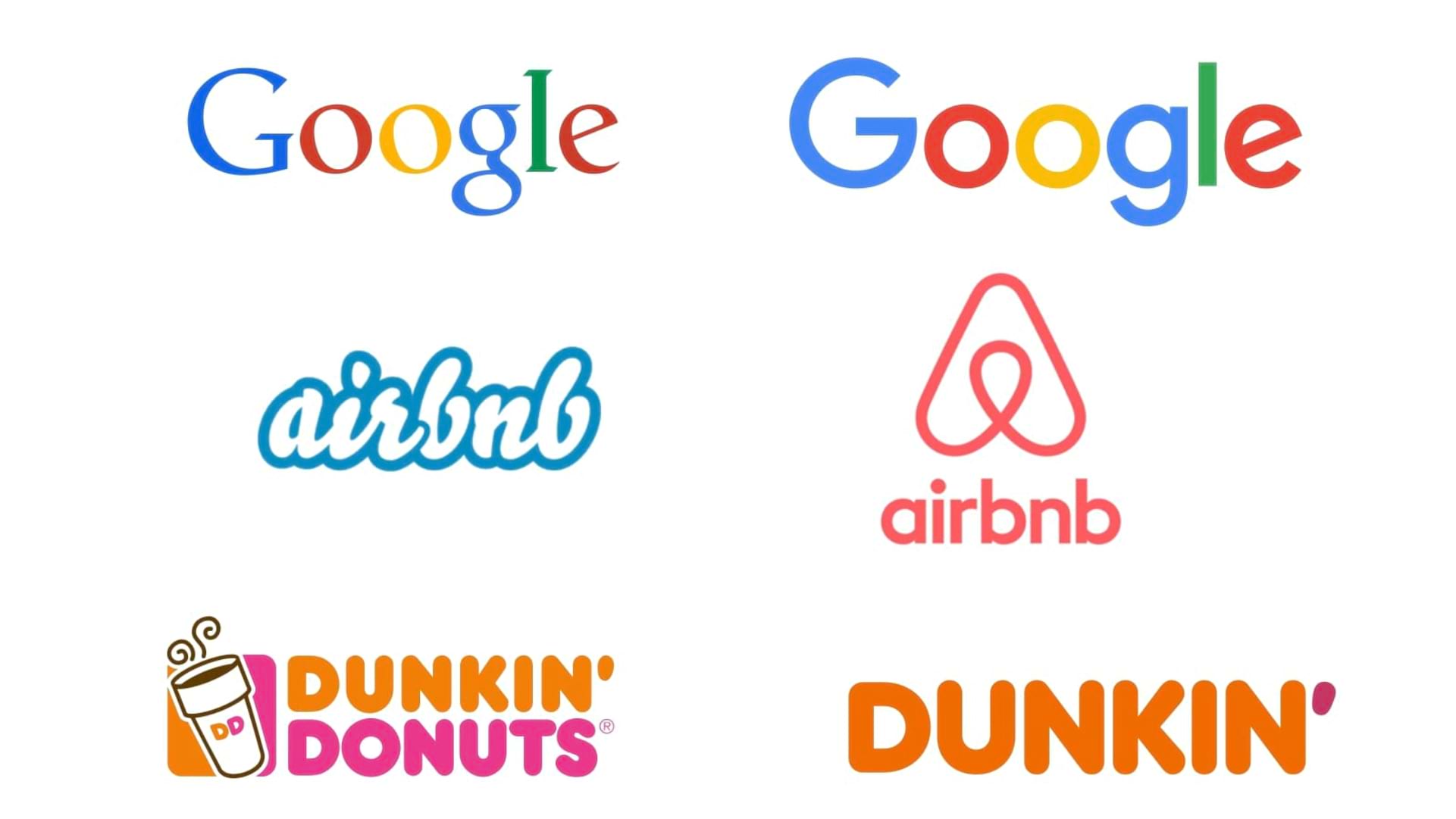
Branding
09.02.2025
By shaikh asif
In today’s fast-paced and ever-evolving marketplace, staying relevant and competitive is more challenging than ever. A brand refresh is a powerful strategy that can rejuvenate your business, capture your audience's attention, and drive growth. For startups, entrepreneurs, CEOs, and business leaders, understanding the nuances of a brand refresh is crucial to maintain a strong market presence.
At Alitestar, we specialize in delivering premium branding, rebranding, brand strategy, and design services tailored to meet the unique needs of businesses across various industries. This article will provide an authoritative and practical guide to executing a successful brand refresh, ensuring your brand remains impactful and memorable.
A brand refresh involves updating and revitalizing a company's visual identity and messaging without changing its core brand essence. Unlike a complete rebrand, which may involve significant changes to the brand's identity and positioning, a refresh aims to modernize and enhance the existing brand to better align with current market trends and consumer expectations.
In a world where consumer preferences and market dynamics are constantly shifting, a brand refresh helps businesses stay relevant and competitive. According to a study by the Harvard Business Review, companies that adapt to changing market conditions through strategic brand updates see an average increase of 10-20% in customer loyalty and engagement.
A well-executed brand refresh can have profound impacts on various aspects of your business, driving growth and enhancing brand equity.
1. Increased Brand Awareness and Recognition
Visibility: Updated visual elements and messaging make your brand more noticeable and memorable. A fresh, cohesive look can capture attention and improve recall.
Differentiation: A distinctive and modernized brand helps you stand out from competitors, making it easier for customers to recognize and choose your brand.
2. Enhanced Customer Perception and Loyalty
Trust and Credibility: A contemporary and professional brand appearance fosters trust and credibility among customers. Consistent and authentic messaging strengthens this trust, leading to increased loyalty.
Emotional Connection: A refreshed brand that resonates with your audience’s values and aspirations can create a stronger emotional connection, driving deeper engagement.
3. Competitive Advantage
Market Positioning: A brand refresh can reposition your brand in the market, highlighting unique attributes and value propositions that differentiate you from competitors.
Adaptability: Being responsive to market trends and consumer needs shows that your brand is dynamic and forward-thinking, which can attract new customers and retain existing ones.
4. Business Growth and Financial Performance
Revenue Increase: By attracting new customers and re-engaging existing ones, a brand refresh can lead to increased sales and market share. According to a study by McKinsey & Company, companies that invest in brand enhancements see an average revenue increase of 10-15%.
Market Expansion: A refreshed brand can facilitate entry into new markets or segments, driving business expansion and diversification.
5. Internal Benefits
Employee Engagement and Morale: A fresh brand identity can boost employee pride and engagement, aligning them with the company’s vision and goals. This alignment can enhance productivity and innovation.
Talent Attraction: A vibrant and modern brand can attract top talent who want to be part of an innovative and forward-looking company.
Knowing when to initiate a brand refresh is critical. Here are some signs that indicate it might be time for your business to consider a refresh:
Outdated Visuals and Messaging
If your brand’s visual elements and messaging appear outdated or disconnected from current trends, it’s time for a refresh. Consumers are drawn to brands that feel contemporary and relevant.
Market Changes
Shifts in the market, such as new competitors or changing consumer behaviors, can necessitate a brand refresh to stay competitive. According to McKinsey & Company, 70% of consumers are more likely to trust a brand that aligns with their current needs and preferences.
Company Growth and Evolution
As your business grows and evolves, your brand should reflect these changes. Whether you’re expanding your product line or entering new markets, a brand refresh ensures your identity aligns with your new direction.
Shifts in Company Values
Changes in your company’s mission, values, or vision should be reflected in your brand. This alignment helps maintain authenticity and trust with your audience.
Brand refreshes are common among well-known companies looking to stay relevant and appealing in a rapidly changing market. Here are a few notable examples:
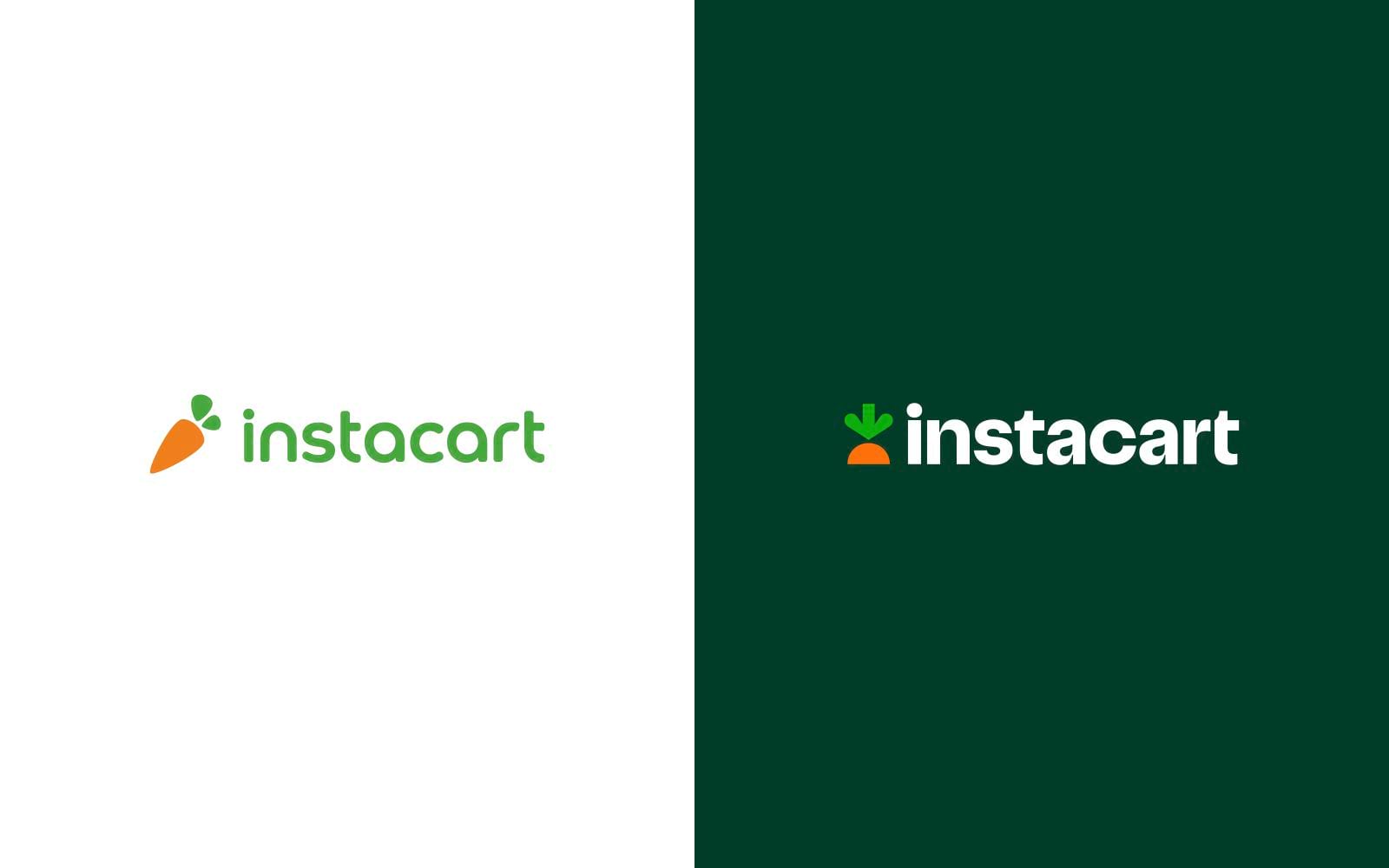
1. Instacart
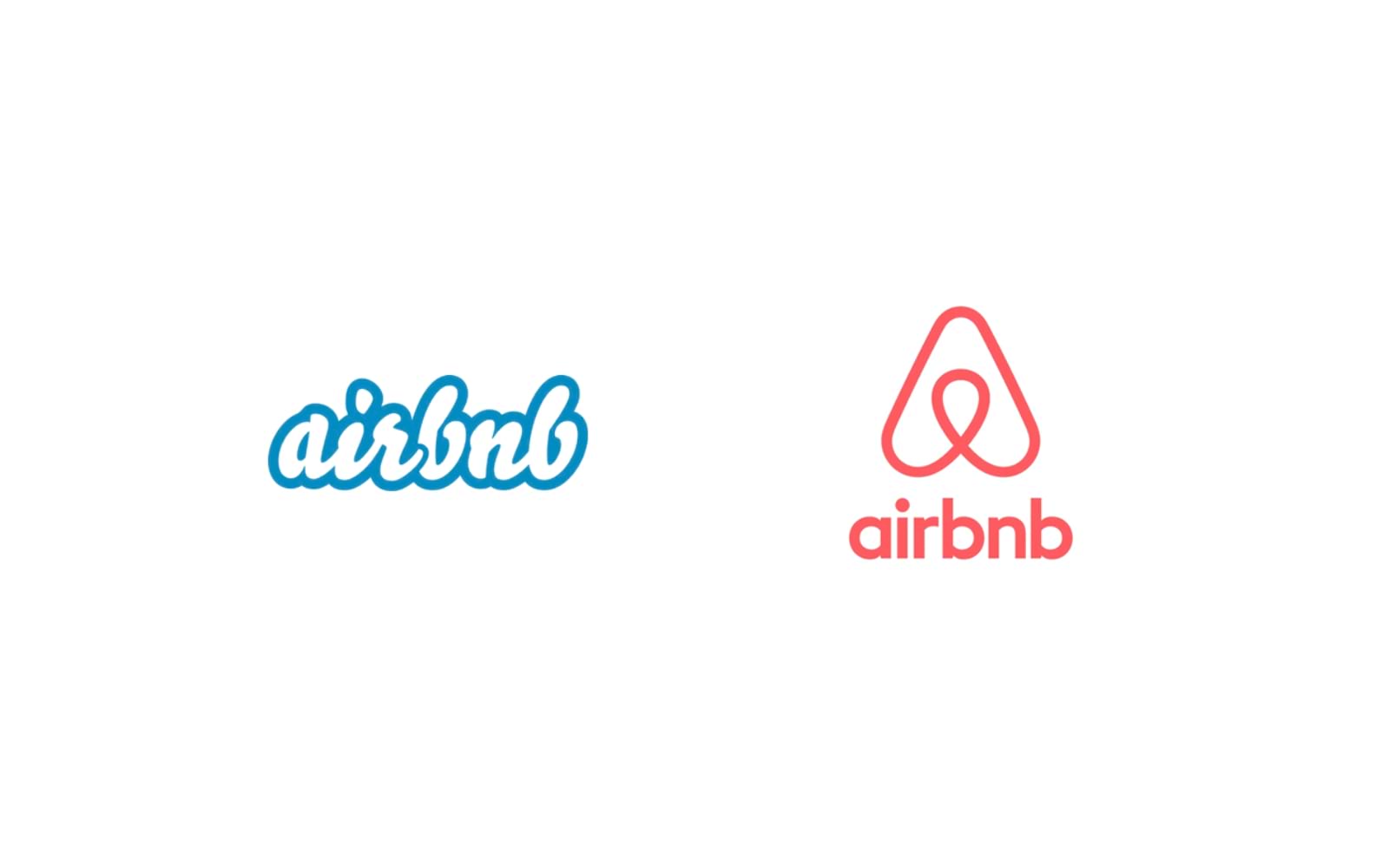
2. Airbnb
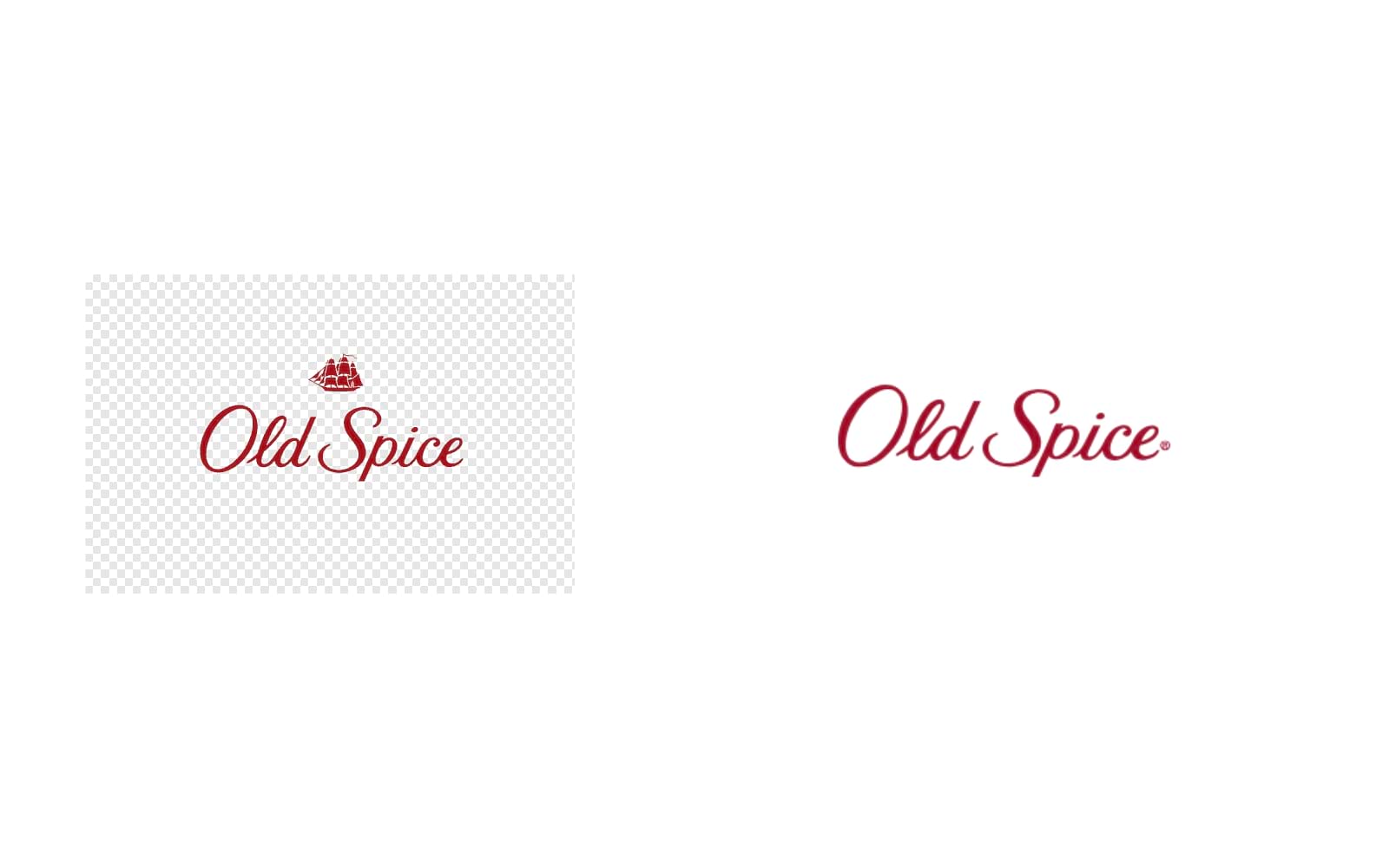
3. Old Spice

4. Google
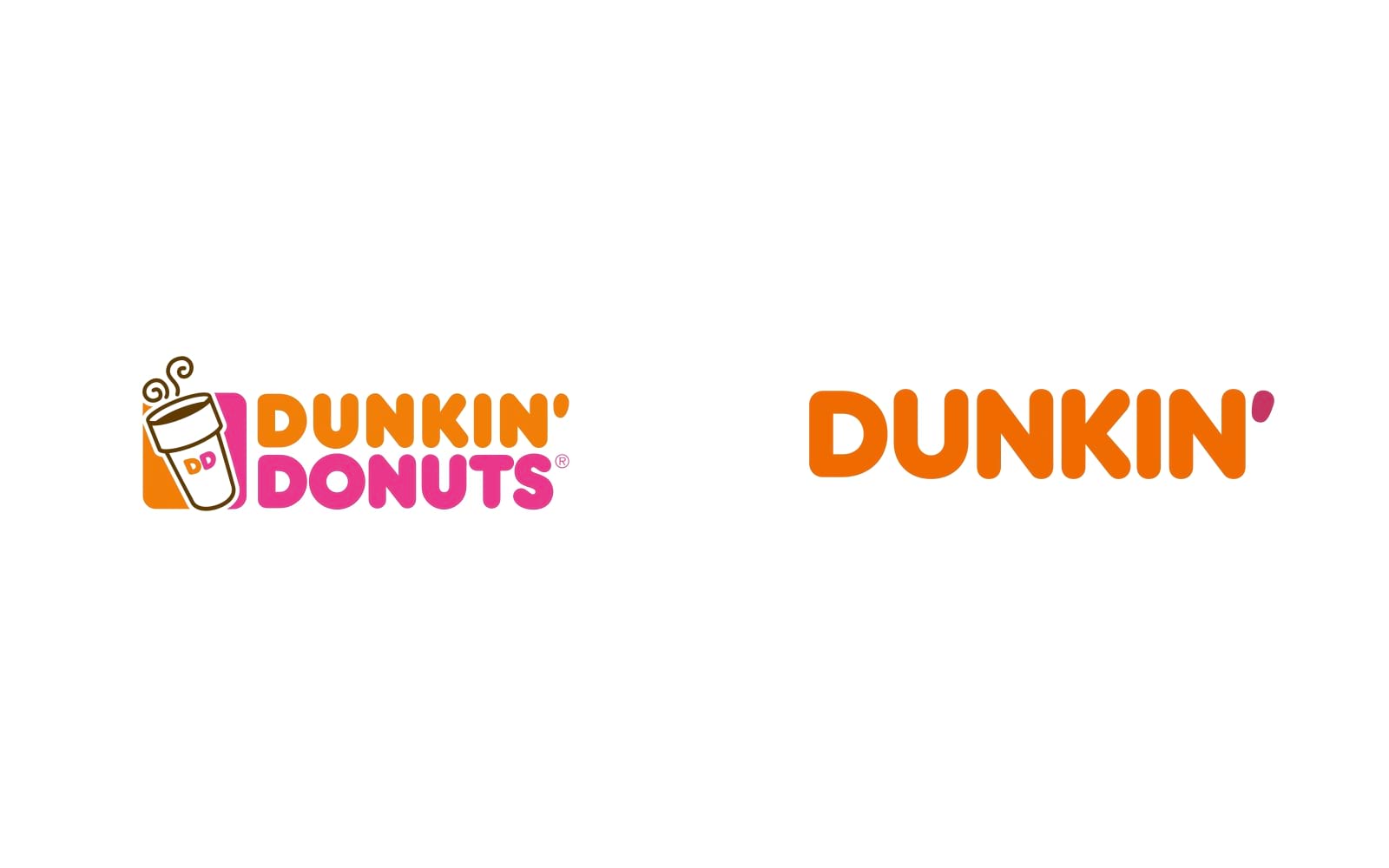
5. Dunkin' (formerly Dunkin' Donuts)
While a brand refresh can offer numerous benefits, there are certain situations where it might not be the best strategic move. Here are some scenarios when you should avoid investing in a brand refresh:
1. Lack of Clear Objectives
2. Recent Rebranding
3. Financial Constraints
4. Stable Brand Performance
5. Lack of Internal Alignment
6. External Factors
Investing in a brand refresh without a clear need can lead to several risks:
1. Customer Confusion
2. Financial Loss
3. Internal Disruption
1. What is a brand refresh?
A brand refresh involves updating and modernizing a brand's visual and messaging elements to reflect current market trends, consumer preferences, and company evolution. It can include changes to the logo, color palette, typography, and brand messaging.
2. How is a brand refresh different from a rebrand?
A brand refresh updates existing brand elements to improve relevance and appeal, whereas a rebrand involves a more extensive overhaul, potentially changing the brand's name, core values, and market positioning.
3. When should a business consider a brand refresh?
Consider a brand refresh if your visuals and messaging are outdated, there are significant market changes, your company is growing or evolving, your values or mission have shifted, or you’re experiencing declining performance metrics.
4. How does a brand refresh impact a business?
A brand refresh can increase brand awareness, enhance customer perception and loyalty, provide a competitive advantage, drive business growth and financial performance, and improve internal employee engagement and morale.
5. What are the risks of not investing in a brand refresh when needed?
Failing to refresh your brand when necessary can lead to decreased relevance, reduced customer engagement, lower sales, and a weakened market position. It can also affect internal employee morale and alignment.
6. When should a business avoid a brand refresh?
Avoid a brand refresh if you lack clear objectives, have recently rebranded, face financial constraints, have stable brand performance, lack internal alignment, or if the market is stable and customers are satisfied.
7. What metrics should be used to evaluate the effectiveness of a brand refresh?
Key metrics include brand awareness, brand perception, customer engagement, sales and revenue growth, customer loyalty and retention, brand equity, and internal metrics such as employee engagement and recruitment success.
8. How long does a brand refresh process typically take?
The duration of a brand refresh can vary depending on the scope and scale of the changes. It typically ranges from a few months to a year, including planning, execution, and implementation phases.
9. How much does a brand refresh cost?
The cost of a brand refresh varies based on the complexity of the changes and the size of the business. It can range from a few thousand dollars for small businesses to several hundred thousand dollars for large corporations.
10. Can a brand refresh be done internally, or should we hire a professional agency?
While some aspects of a brand refresh can be handled internally, hiring a professional branding agency like Alitestar ensures expertise, creativity, and strategic execution, leading to a more effective and impactful refresh.
11. How do we communicate a brand refresh to our customers and stakeholders?
Communicate the brand refresh through a comprehensive marketing and communication plan that includes announcements on your website, social media, email newsletters, press releases, and direct communication with key stakeholders.
12. What are some famous examples of successful brand refreshes?
Notable examples include Instacart, Airbnb, McDonald’s, Old Spice, Google, and Dunkin’. These brands successfully revitalized their identities and achieved significant business growth and improved customer perception.
13. How can a brand refresh improve customer loyalty?
A brand refresh can improve customer loyalty by creating a more relevant and appealing brand identity, enhancing customer experience, and strengthening the emotional connection between the brand and its customers.
14. What internal benefits can a brand refresh provide?
Internally, a brand refresh can boost employee engagement and morale, align employees with the company’s vision and goals, and attract top talent by presenting a modern and dynamic brand image.
15. How often should a brand consider refreshing its identity?
While there’s no set frequency, it’s generally advisable to evaluate the need for a brand refresh every 5-10 years, depending on market dynamics, business growth, and changes in consumer behavior.


Shaikh Asif is an Award-winning designer, director, strategist, and educator. He’s the Lead Strategic Brand Designer and Art Director of The Alitestar— a strategic branding and design agency that helps startups, ambitious CEOs, and passionate entrepreneurs to achieve success and ultimately create unforgettable brand experiences.